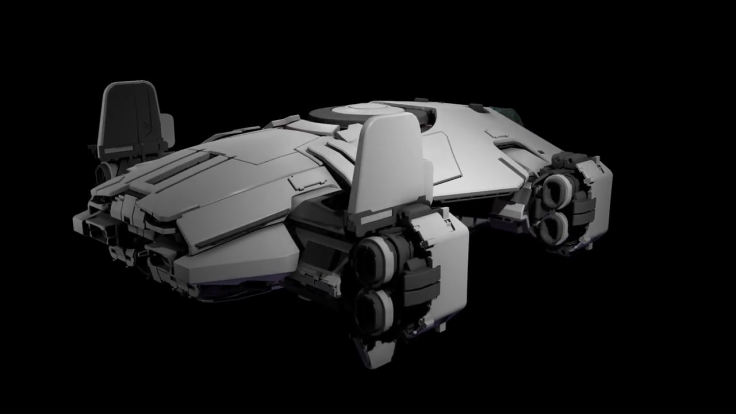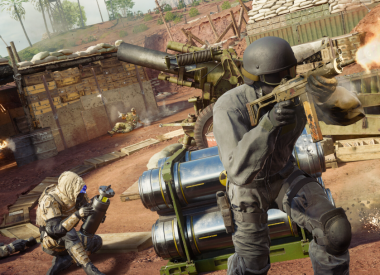Star Citizen development continues as Cloud Imperium Games pushes toward the release of alpha 3.0. In the latest Around The Verse episode , Chris and Erin Roberts focus on characters, ships and cargo with a major emphasis on multiplayer networking.
In terms of features gamers will actually see, one of the biggest new additions is the introduction of a grid-based cargo system. As senior producer Eric Kieron Davis describes it, the concept is a “visual element of transporting commodities like minerals, scrap and food.” To be more precise, Davis describes “the number of commodities you’ll have will manifest as stacks of crates located within the ship’s cargo hold, limited in capacity by the dimensions of the grid your ship can use.” Players will be able to pack cargo any way they see fit, but sloppiness will result in less room to stock supplies.
As far as ships are concerned, the central areas of focus for CIG at the moment are the RSI Aurora and Anvil Terrapin. The former, seen above, is undergoing its final art check with a total of 14 different skins, while the latter is still in its greybox phase where its basic geometry is being polished for use.
In that sense, Star Citizen’s most recent ship adjustments are fairly generic, but the latest character changes are all about diversity. In accord with alpha 3.0’s promise to offer deeper character customization, we got a look at the initial lineup of possible avatar hairstyles that are in “various states of production.” A full female transfer mesh has also been made alongside a new female character. Countless costumes have been designed for all models, and they’ll be accessible in Star Citizen and its single-player module, Squadron 42.

The major topic of this week’s episode, however, was the networking concept of serialized variables. In a 15-minute lecture, CIG lead network programmer Clive Johnson discussed what it means and how the feature works.
We’ll leave it to the embedded video to explain every explicit detail, but here’s our simplified recap. When playing any online multiplayer game, there are dozens or hundreds of aspects that servers must watch and sync between every individual in the area. For example, in Star Citizen, variables might include where in the universe a ship is located or what kind of armor a character is wearing. The client needs to know these details so others can see players on the screen and get the correct response for actions.
Because Star Citizen is such a deep and complex game with many variables, Johnson and his team initially struggled to find a netcode that wouldn’t clog up bandwidth by trying to send all of this data at once. Now, CIG has developed an API that allows for automated selection of only the most important variables at a given time. The API is used in tandem with a token system to ensure that only one server responds to each request in a simplified way.
To put it plainly, Star Citizen’s multiplayer code is being optimized for maximum efficiency. When offline, these serialized variables can also assist in loading save states.
Star Citizen ’s 3.0 alpha has been in the works for quite some time and is currently set to release this year. It offers deep character customization, new jobs, missions and, hopefully, a sneak peek at what we can expect from Squadron 42.
Star Citizen is in development for Kickstarter backers on PC.
What do you think of the latest ATV episode? Will 3.0 release this year? Tell us in the comments section!


















